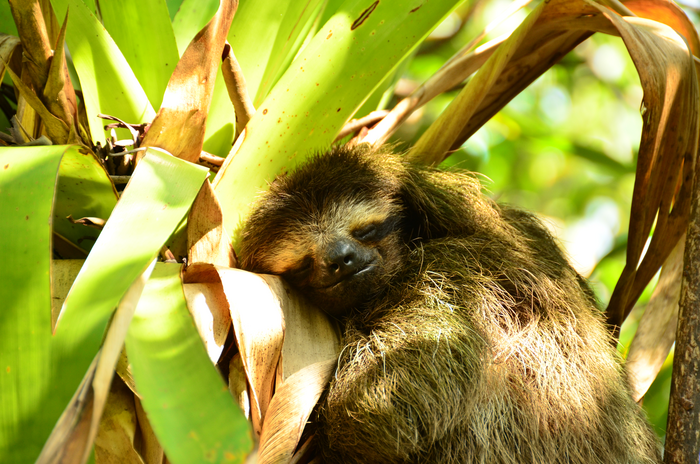An updated metric for prioritizing species’ conservation that incorporates scientific uncertainty and complementarity between species, in addition to extinction risk and evolutionary distinctiveness, is publishing February 28th in the open access journal PLOS Biology, authored by Rikki Gumbs from the Zoological Society of London (ZSL), UK, and colleagues.

Credit: ZSL (CC-BY 4.0, https://creativecommons.org/licenses/by/4.0/)
An updated metric for prioritizing species’ conservation that incorporates scientific uncertainty and complementarity between species, in addition to extinction risk and evolutionary distinctiveness, is publishing February 28th in the open access journal PLOS Biology, authored by Rikki Gumbs from the Zoological Society of London (ZSL), UK, and colleagues.
In 2007, ZSL established the Evolutionarily Distinct and Globally Endangered (EDGE) metric to prioritise species for conservation based on preserving evolutionary history embodied within endangered species. The approach allocates each species a score based on the evolutionary distance, measured in millions of years, that separates a species from its closest living relatives, and its conservation status in the IUCN Red List.
EDGE has since been applied to mammals, amphibians, birds, sharks and rays, corals, and flowering plants, and is used to allocate conservation funding. To update the EDGE metric to incorporate recent advances in evolutionary biology and conservation, ZSL hosted a workshop for conservation scientists and practitioners, who reached a consensus on EDGE2 – an updated metric that includes the extinction risk of closely related species and uncertainty in species’ relationships and conservation status.
Applying the EDGE2 methodology to 6,253 mammal species, the researchers found that the Mountain Pygmy Possum (Burramys parvus) scored highest, representing 25 million years of evolution at critical risk of extinction. They identified 645 priority species that together account for 81% of the evolutionary diversity at risk. Protecting the 100 highest ranking species from this list – representing 1.6% of all mammal species – would preserve over 700 million years of evolutionary history.
EDGE2 lists can help guide the effective and practical prioritization of limited conservation funds to preserve distinctive evolutionary features and ecological functions, the authors say. They also propose an EDGE2 research list, calling for further research on species that are evolutionarily distinct, but whose conservation status is unknown.
Gumbs adds, “The variety of life at which we marvel is the product of the shared and unique evolutionary histories of species past and present, yet many of the most evolutionarily distinct species on Earth today are at risk of extinction. We brought together experts in conservation science and practice to create a robust and coherent framework to prioritise the world’s most evolutionarily distinct species for conservation action, and applied the framework to produce an updated prioritisation of the world’s mammals.”
#####
In your coverage, please use this URL to provide access to the freely available paper in PLOS Biology: http://journals.plos.org/plosbiology/article?id=10.1371/journal.pbio.3001991
Citation: Gumbs R, Gray CL, Böhm M, Burfield IJ, Couchman OR, Faith DP, et al. (2023) The EDGE2 protocol: Advancing the prioritisation of Evolutionarily Distinct and Globally Endangered species for practical conservation action. PLoS Biol 21(2): e3001991. https://doi.org/10.1371/journal.pbio.3001991
Author Countries: United Kingdom, United States of America, Australia, Canada, Germany, New Zealand
Funding: RG was funded by the Natural Environment Research Council Science and Solutions for a Changing Planet Doctoral Training Programme (grant number NE/L002515/1), the CASE component of which was funded by the Zoological Society of London – https://www.imperial.ac.uk/grantham/education/science-and-solutions-forachanging-planet-dtp/. The funders had no role in study design, data collection and analysis, decision to publish, or preparation of the manuscript.
Journal
PLoS Biology
DOI
10.1371/journal.pbio.3001991
Method of Research
Commentary/editorial
Subject of Research
Not applicable
COI Statement
Competing interests: The authors have declared that no competing interests exist.




